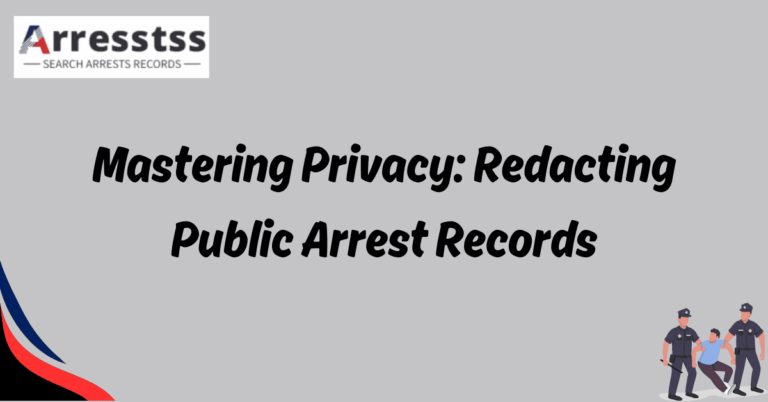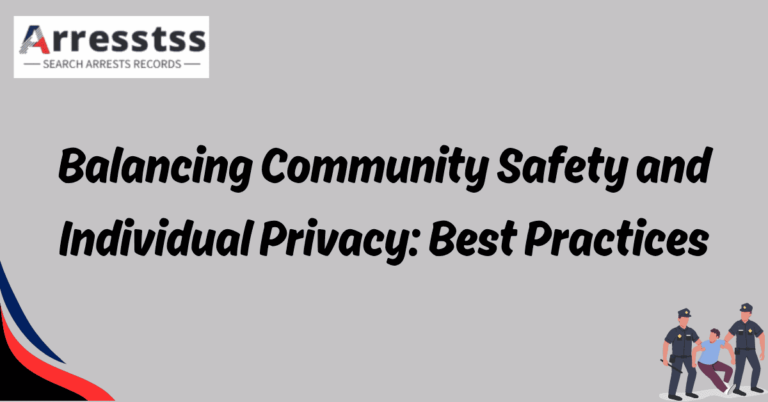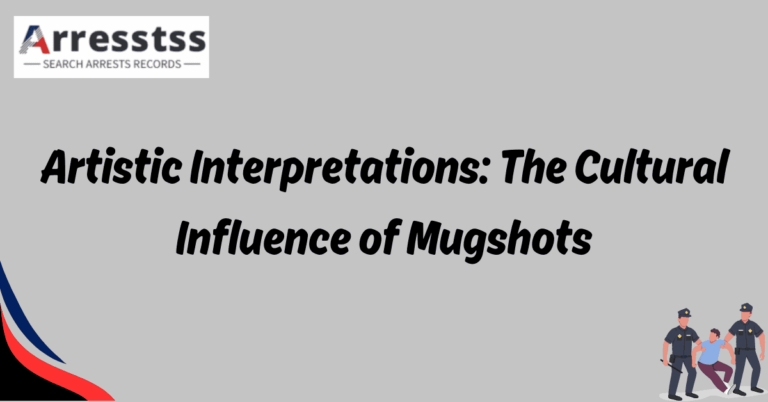Inmate Search and Social Media: Friend or Foe?
Potential Benefits of Social Media in Inmate Search
Social media, with its vast reach and accessibility, has the potential to serve as a powerful tool in the realm of inmate search. By leveraging the information available on various social media platforms, law enforcement agencies and concerned parties can gather valuable insights and aid in locating individuals who are incarcerated.
Locating Inmates and Gathering Information
One of the key advantages of using social media in inmate search is the ability to locate individuals who may be evading capture or hiding their true identities. Through careful analysis of online profiles, law enforcement agencies can track down and apprehend fugitives, ensuring public safety. Moreover, social media platforms provide a wealth of information about an inmate’s location, activities, and even potential threats, which can aid in investigations and prevent criminal activity.
Connecting with Witnesses and Victims
Social media can also serve as a means of connecting with witnesses and victims, facilitating communication, and providing a platform for them to share crucial information. By reaching out to individuals who may have relevant information, law enforcement agencies can gather evidence, build stronger cases, and ultimately ensure justice is served. The ability to connect with witnesses and victims through social media can also offer a sense of security and reassurance, as they can remain anonymous if desired.
Concerns Surrounding Social Media in Inmate Search
Security Risks and Communication Channels
While social media can be a valuable tool in inmate search, it also raises concerns about security risks and the potential for inmates to misuse these platforms. Unrestricted access to social media can allow inmates to communicate with the outside world, potentially coordinating illegal activities or intimidating victims and witnesses. To prevent these risks, it is crucial to carefully monitor and regulate inmate access to social media, ensuring that it does not compromise public safety.
Privacy Concerns and Personal Information
Another significant concern is the exposure of personal information and the potential compromise of inmate safety. Online presence through social media platforms may reveal sensitive information about inmates, making them vulnerable to harassment or retaliation. Striking a balance between transparency and privacy is essential to protect the well-being of inmates and maintain public trust in the criminal justice system.
Ethical Considerations and Rehabilitation
The use of social media in inmate search also raises ethical considerations regarding the rehabilitation and reintegration of individuals into society. While it is important to hold individuals accountable for their actions, it is equally crucial to provide them with opportunities for growth and positive change. The use of social media should be accompanied by efforts to promote rehabilitation and support the successful reintegration of inmates back into the community.
Navigating the Complexities: Striking a Delicate Balance
The intersection of social media and inmate search is a complex issue that requires careful navigation. It is essential to weigh the potential benefits against the risks and challenges involved. By understanding the complexities and implementing appropriate safeguards, society can harness the power of social media in inmate search while ensuring the safety of the public, protecting the privacy of inmates, and promoting their rehabilitation and successful reintegration.
FAQ’s
What is inmate search?
Inmate search refers to the process of locating individuals who are currently incarcerated in correctional facilities. It involves accessing databases, records, and other sources of information to determine the whereabouts and status of inmates.
Traditionally, inmate search was conducted through official channels such as contacting correctional institutions or accessing designated government websites. However, with the advent of social media, new avenues for locating inmates have emerged.
It is important to note that inmate search is subject to legal regulations and privacy concerns. Access to inmate information is typically restricted to authorized individuals, such as law enforcement agencies, legal representatives, and immediate family members.
Overall, inmate search aims to provide transparency and accountability within the criminal justice system, while also ensuring the safety and security of both inmates and the public.
How does social media impact inmate search?
Social media has had a significant impact on inmate search, both positive and negative. On one hand, social media platforms can serve as a valuable tool for gathering information about inmates. Law enforcement agencies and concerned parties can utilize these platforms to access public posts, photos, and other content that may provide insights into an inmate’s location, activities, or potential threats.
However, the use of social media in inmate searches also raises concerns. Unrestricted access to social media platforms can pose security risks. Inmates may use social media to communicate with the outside world, coordinate illegal activities, or intimidate victims and witnesses. Additionally, the online presence of inmates can compromise their privacy and safety, as personal information may be exposed.
It is important to strike a balance between leveraging the benefits of social media in inmate search and addressing the associated risks. This requires implementing proper safeguards, such as monitoring and regulating inmates’ online activities, ensuring privacy protection, and establishing guidelines for the responsible use of social media platforms.
Yes, there are legal limitations on the use of social media in inmate searches. The access and use of social media platforms for inmate search must comply with relevant laws, regulations, and policies.
One key consideration is privacy protection. Inmates, like many individuals, have a right to privacy, and their personal information should be handled by applicable privacy laws. While social media platforms may provide access to public posts and content, accessing private or restricted information without proper authorization may violate privacy rights.
Additionally, the use of social media for inmate search must align with the laws and regulations governing correctional institutions and law enforcement agencies. These organizations may have specific policies in place regarding the use of technology and social media platforms.
It is essential for those involved in inmate search to stay informed about the legal landscape and ensure compliance with all relevant laws and regulations, to uphold the rights and safety of both inmates and the public.
The use of social media in inmate search offers several potential benefits. It can enhance the effectiveness and efficiency of locating individuals who are incarcerated, providing valuable information to law enforcement agencies, legal representatives, and concerned parties.
Firstly, social media platforms can serve as a source of information about an inmate’s location. Public posts, photos, and check-ins can provide insights into where an inmate may be located, allowing authorities to narrow down their search and allocate resources accordingly.
Furthermore, social media can aid in assessing an inmate’s activities and potential threats. By monitoring their online presence, law enforcement agencies can gather intelligence on any actions or associations that may pose a risk to public safety. This proactive approach can help prevent criminal activities, intervene in potential threats, and ensure the security of both inmates and the community.
Overall, the use of social media in inmate search can improve the efficiency and effectiveness of locating individuals, contributing to the overall functioning of the criminal justice system.
While the use of social media in inmate search presents potential risks, some measures can be taken to mitigate these risks and ensure the responsible and safe use of social media platforms.
One crucial aspect is implementing monitoring and regulation of inmates’ online activities. Correctional institutions can establish guidelines and policies regarding the use of social media platforms. This includes monitoring the content that inmates post or engage with, as well as educating them about the potential risks and consequences of misusing social media.
Additionally, privacy protection is essential in mitigating risks. Correctional institutions and law enforcement agencies must ensure that inmates’ personal information is not compromised or shared inappropriately. This involves implementing secure systems for handling and storing inmate information, as well as training staff members on privacy protocols.
Furthermore, collaboration between correctional institutions, law enforcement agencies, and social media platforms is crucial in mitigating risks. By establishing partnerships and sharing information, these entities can work together to address security concerns, promptly remove inappropriate content, and ensure the responsible use of social media in inmate searches.







